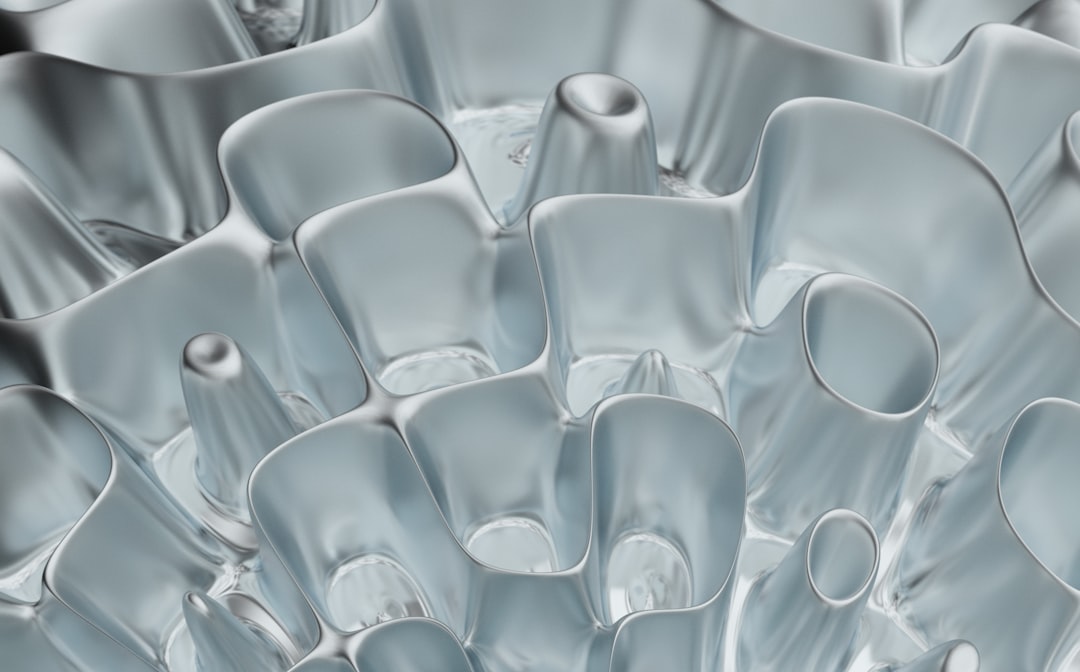What is it about?
Ni-Cr-Mo alloys may suffer crevice corrosion in chloride solutions, especially at high temperatures. This research shows what happens to a propagating crevice corrosion process when temperature drops depending on the cooling rate. Crevice corrosion may be able to either keep propagating or repassivate This paper answers these questions quantitatively for comercial alloys relevant to the industry such as alloys 625, C-22, C-22HS, 59, 686 and HYBRID-BC1.
Featured Image

Photo by Zsolt Palatinus on Unsplash
Why is it important?
Most of crevice corrosion research so far has been done by isothermal tests. This study shows what happens to a propagating crevice corrosion process when temperature decreases at different cooling rates. Then results are compared with those previously obtained from isothermal tests at different fixed temperatures. In this way, we can realize if data from isothermal tests can be extrapolated to conditions where temperature changes.
Perspectives
We found that results for very slow cooling rates results matches those of isothermal tests. However, for high cooling rates crevice corrosion is able to propagate at temperatures below those predicted by previously collected data. This result is to be taken into account in the design of process/equipment where high temperature excursions may occur.
Dr Martín A Rodríguez
Comision Nacional de Energia Atomica
Read the Original
This page is a summary of: Crevice Corrosion Repassivation of Ni-Cr-Mo Alloys by Cooling, CORROSION, January 2019, NACE International,
DOI: 10.5006/3100.
You can read the full text:
Contributors
The following have contributed to this page










